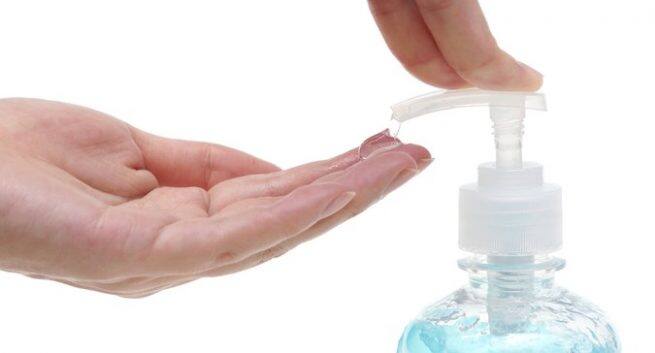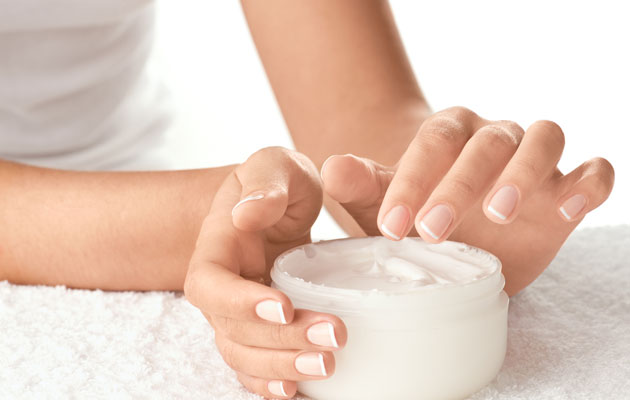
With current concerns about the use of palm oil and the consequences on the wildlife, there are a number of campaigns that have been promoted to examine the use of palm oil. So what could we use instead by way of alternatives to such a valuable ingredient from foods to the cosmetics and skincare industries?
It is important here to mention the difference between Palm oil and Palm kernel oil. Both come from the palm oil tree, palm oil is pressed from the fruit and palm kernel oil is extracted from the seed. Both can be used in soap making and offer different qualities in a finished product.
Palm kernel oil is used to make a white coloured, harder bar of soap that provides a fluffy, bubbly lather. This oil is in a solid state at room temperature, which contributes to the hardness of a soap bar.
Palm Kernel alternatives:

Two good choices for alternatives are coconut oil and babassu oil. Palm kernel oil is actually chemically more similar to coconut oil than palm oil, which is probably why many soap manufacturers use both ingredients as both give different properties. Babassu oil on the other hand is a vegetable oil extracted from the seeds of the babassu palm and is indigenous to Brazil.
Palm Oil
Palm oil is used to create a hard soap bar with a stable lather, and is often used to make something more long-lasting and resistant to melting. Using palm oil in soap will provide a moderate amount of cleansing and conditioning properties. This oil is solid only at cooler temperatures, and is sometimes used as a formula stabiliser in cosmetics. Palm oil is also used in candle making and a key ingredient in soap making because of its excellent lathering and hardening properties. However, in recent years palm oil has gained a bad reputation due to its questionable sustainability.
Palm Oil alternatives:
Some say there is no ‘perfect’ alternative to Palm oil in soap making because of its exceptional results but as always, it is down to product development and personal preferences. When searching for a replacement, we need to take these properties in to account as well as cost and of course, sustainability.
Below are some of the most widely used and acceptable substitutes to palm and why:
- Shea Butter
- Cocoa Butter
- Animal Tallow
Shea Butter
Possibly one of the best alternatives and a favourite amongst those manufacturers concerned about our environment and sustainability. Also known as Karite butter, Shea Butter is made from the nuts of Karite nut trees that grow in the Savannah regions of West and Central Africa. It has the following properties that make it idea for soap making:

- Oil type – Hard (same category as Palm)
- High in oleic acid – conditioning and lathering properties similar to that of palm
- Excellent moisturising properties
- Softens skin
- Palmitic acid present to contribute towards soap ‘hardness’
- Organic variation available
Cocoa Butter
This is a vegetable fat which has a fantastic chocolate-y aroma. It is extracted from the cocoa bean and is also very popular in cooking as well as soap making. All the following factors mean it is a close second to palm oil in soap making.
- Oil type – Hard
- Provides moisture- good for eczema, dermatitis, stretch marks
- High in antioxidants
- Stable even levels of palmitic, stearic & oleic acids- gives hardness, a creamy lather & good conditioning.
Animal Tallow
The traditional roots were such that before palm oil, fatty oils such as beef tallow (fat from rendered beef) or lard were used, mainly due to their large availability being an animal by-product. Most historic soap recipes would usually call for tallow or lard because of their properties, which are listed below. This may not be a great alternative for everybody, because vegan products are now also talking over in popularity from animal products.

- Oil type – Tallow and Lard are both hard oils (same category as Palm)
- Not vegetarian/vegan friendly…
- However, it’s making good use of animal by-product
- Inexpensive
- Excellent creamy lathering qualities
- Traditionally used to create a hard bar of soap (Similar to reasons for using palm)
About Palm oil and ‘RSPO’
The RSPO - The Roundtable on Sustainable Palm Oil (RSPO) is a global, multi-stakeholder initiative on sustainable palm oil. Members of RSPO, and participants in its activities come from many different backgrounds, including plantation companies, processors and traders, consumer goods manufacturers and retailers of palm oil products, financial institutions, environmental NGOs and social NGOs, from many countries that produce or use palm oil. The RSPO vision is to “transform the markets by making sustainable palm oil the norm". If it’s grown sustainably, palm oil production can benefit local communities, and help to protect valuable species and forests. By using sustainable practices, farmers can increase their income by making more palm oil from less land”
Why is this important?

The palm oil supply chain, from the tropics to its use as an ingredient in retail products all over the world, is complex. It can be hard to know exactly where the palm oil in the final product has come from. To ensure the credibility of the sustainability claim at the end of the supply chain, all organisations that take legal ownership and physically handle RSPO certified sustainable oil palm products need to be supply chain certified. Transparency and credibility are assured through RSPO Supply Chain Certification and RSPO Principles and Criteria Certification.
It is also worth noting, as this is a ‘hot’ topic at the moment, that as humans in general we are using the earth’s resources to the point of destruction, if it’s not Palm oil plantations, then it’s soya or Shea. By boycotting one product, this will naturally put more pressure to produce larger amounts of another, so we should really be looking at how we can use highly renewable and sustainable products as we move into the future and start caring for our planet so the next generation (humans and animals alike) will still have a home.
 It is difficult to open any magazine, newspaper or online publications without reading something about the pressing concerns surrounding climate change (or more accurately according to some media outlets, climate crisis). It is without doubt, there is a real threat of such devastating impacts on natural habitats and wildlife. Being close to the benefits of harnessing plant ingredients, perhaps botanical and natural skincare manufacturers and formulators have faced these threats and confronted the problems much sooner than most. This has perhaps given the industry the much-needed time to consider the way ahead and to implement strategies to mitigate the potential loss of natural ingredients that appear to be increasing in number by the day.
It is difficult to open any magazine, newspaper or online publications without reading something about the pressing concerns surrounding climate change (or more accurately according to some media outlets, climate crisis). It is without doubt, there is a real threat of such devastating impacts on natural habitats and wildlife. Being close to the benefits of harnessing plant ingredients, perhaps botanical and natural skincare manufacturers and formulators have faced these threats and confronted the problems much sooner than most. This has perhaps given the industry the much-needed time to consider the way ahead and to implement strategies to mitigate the potential loss of natural ingredients that appear to be increasing in number by the day.
















